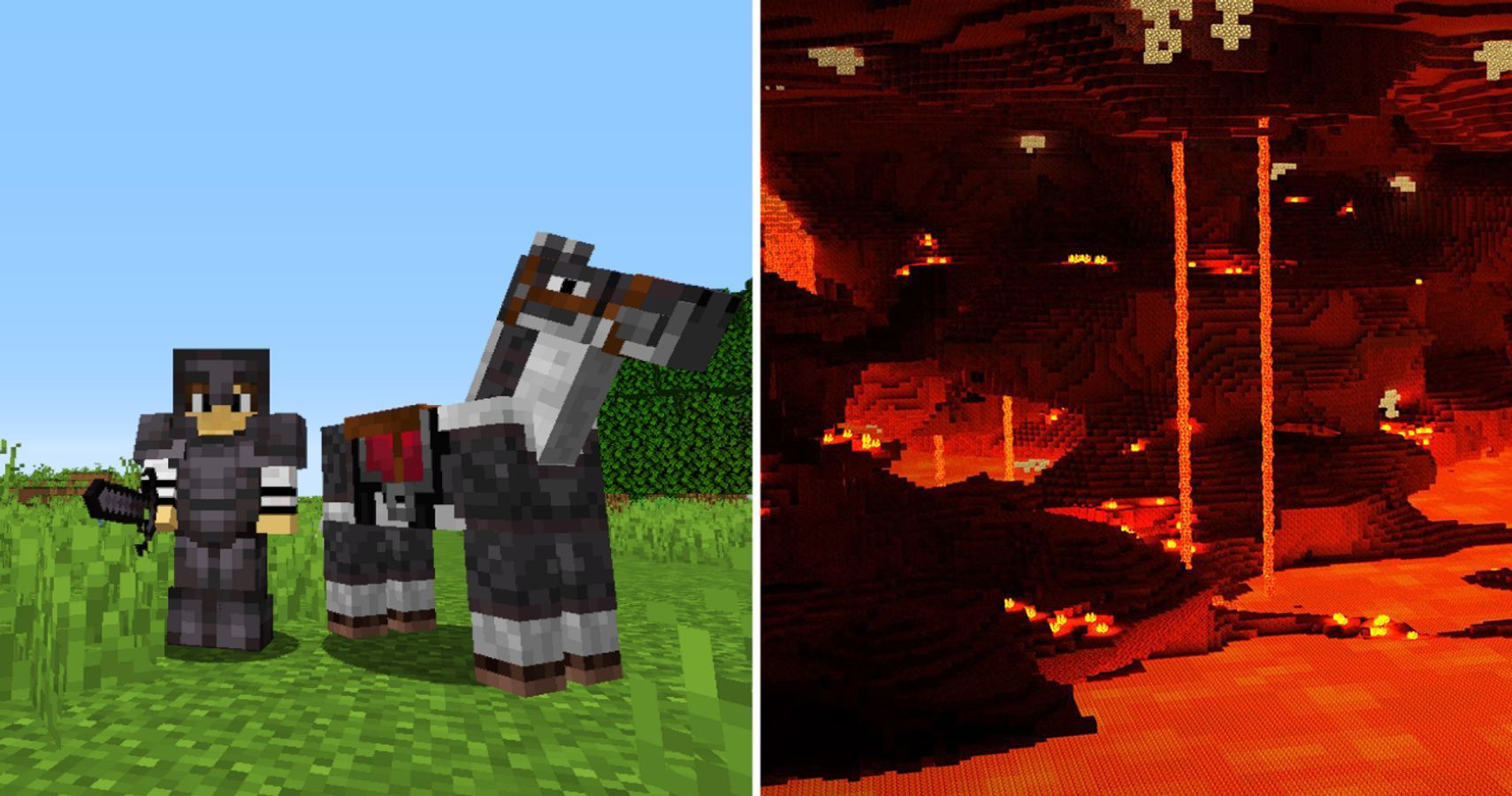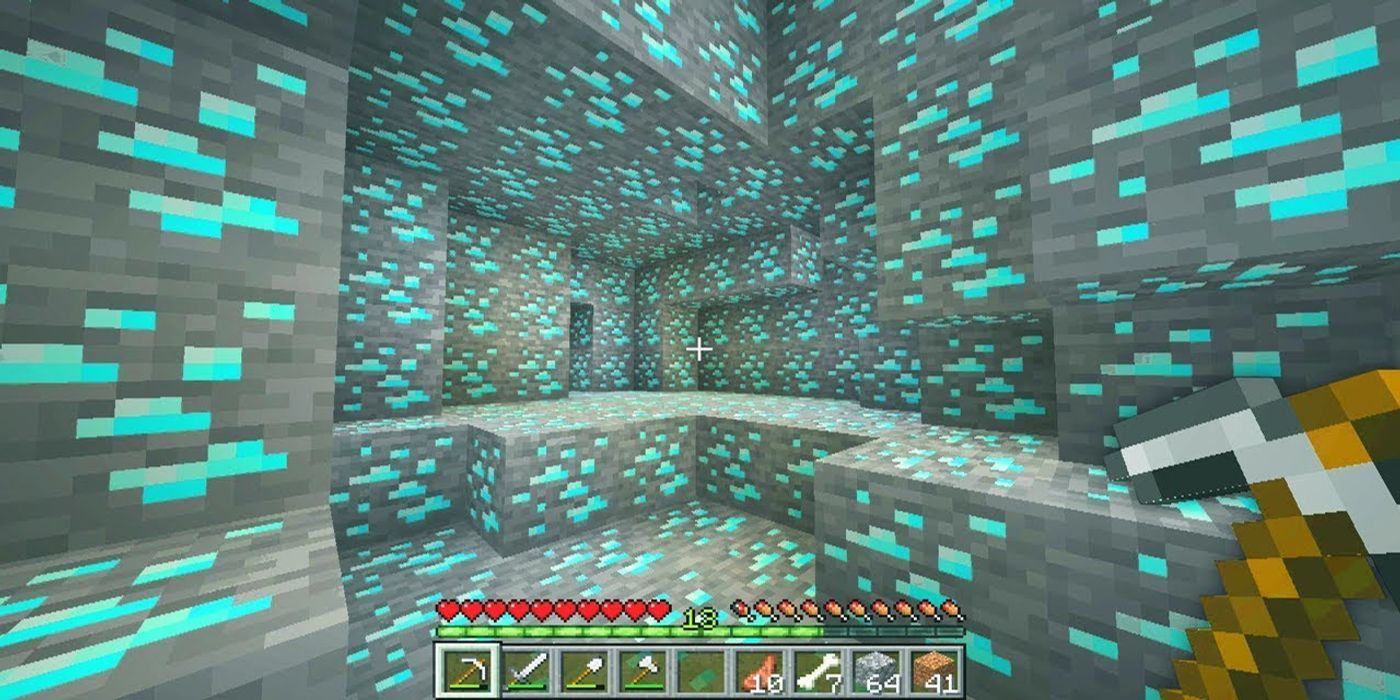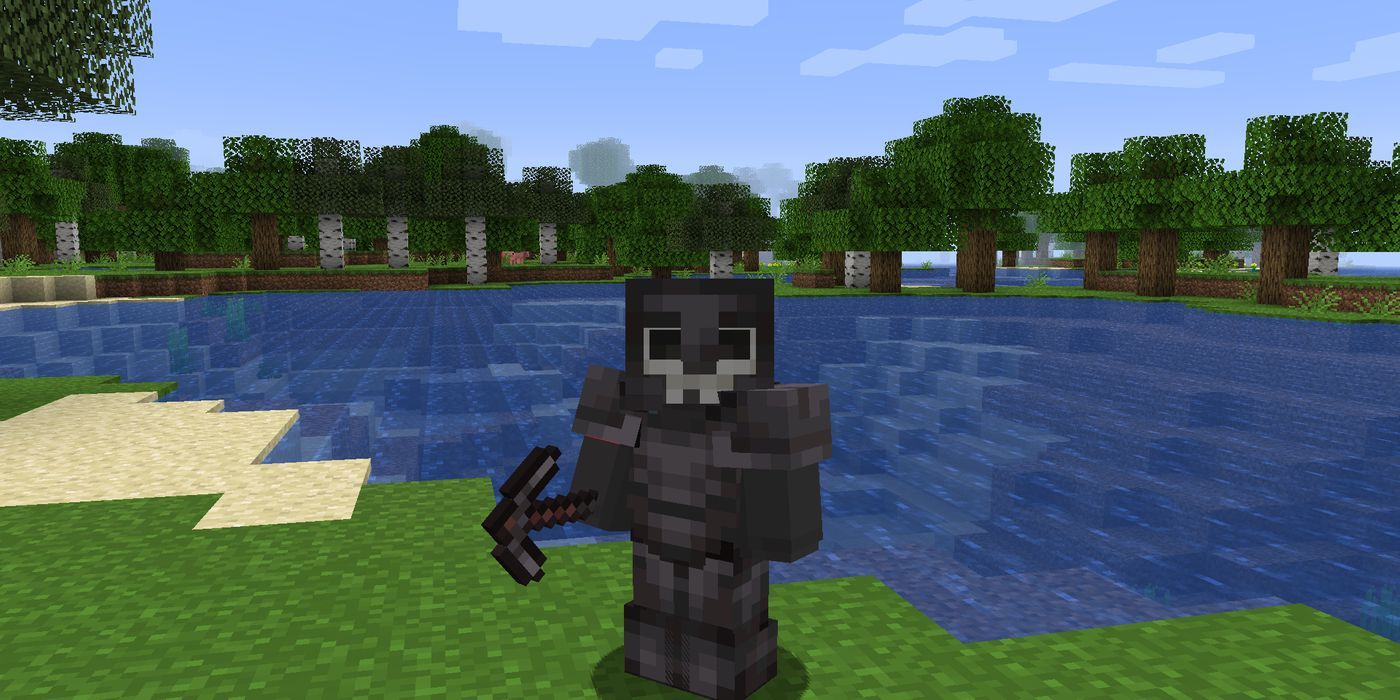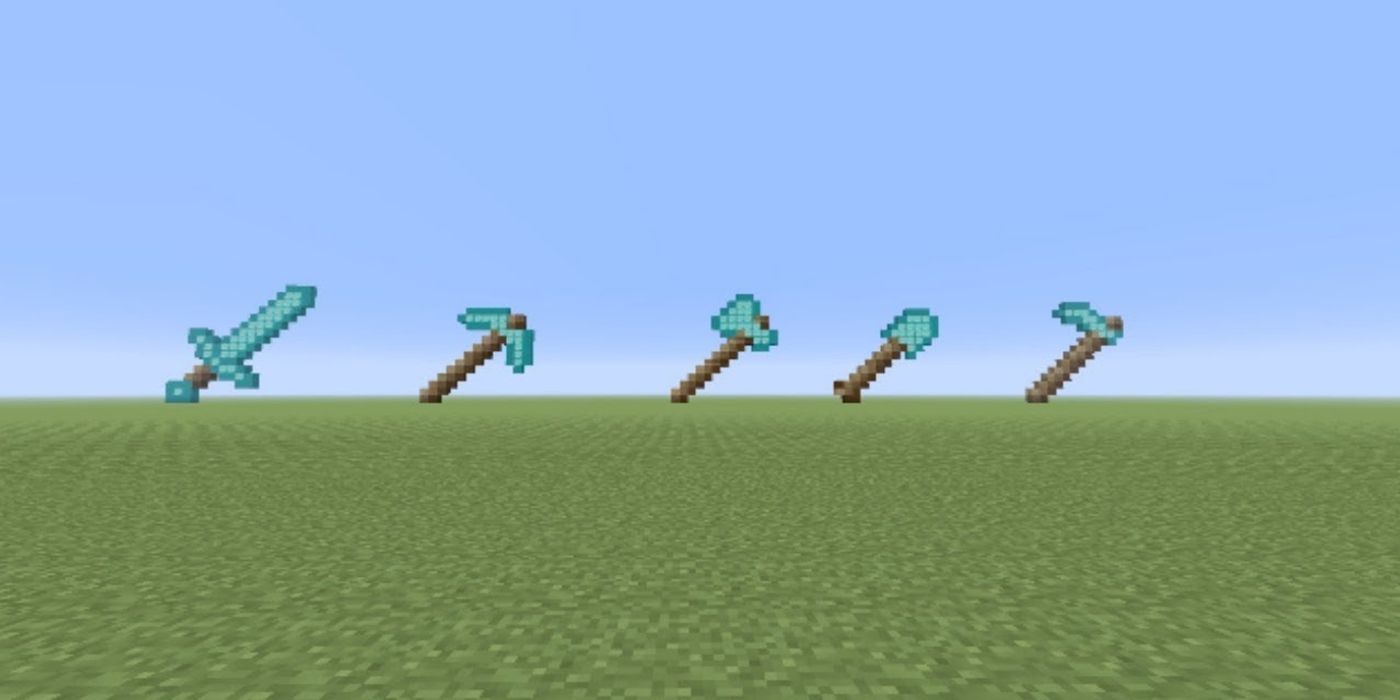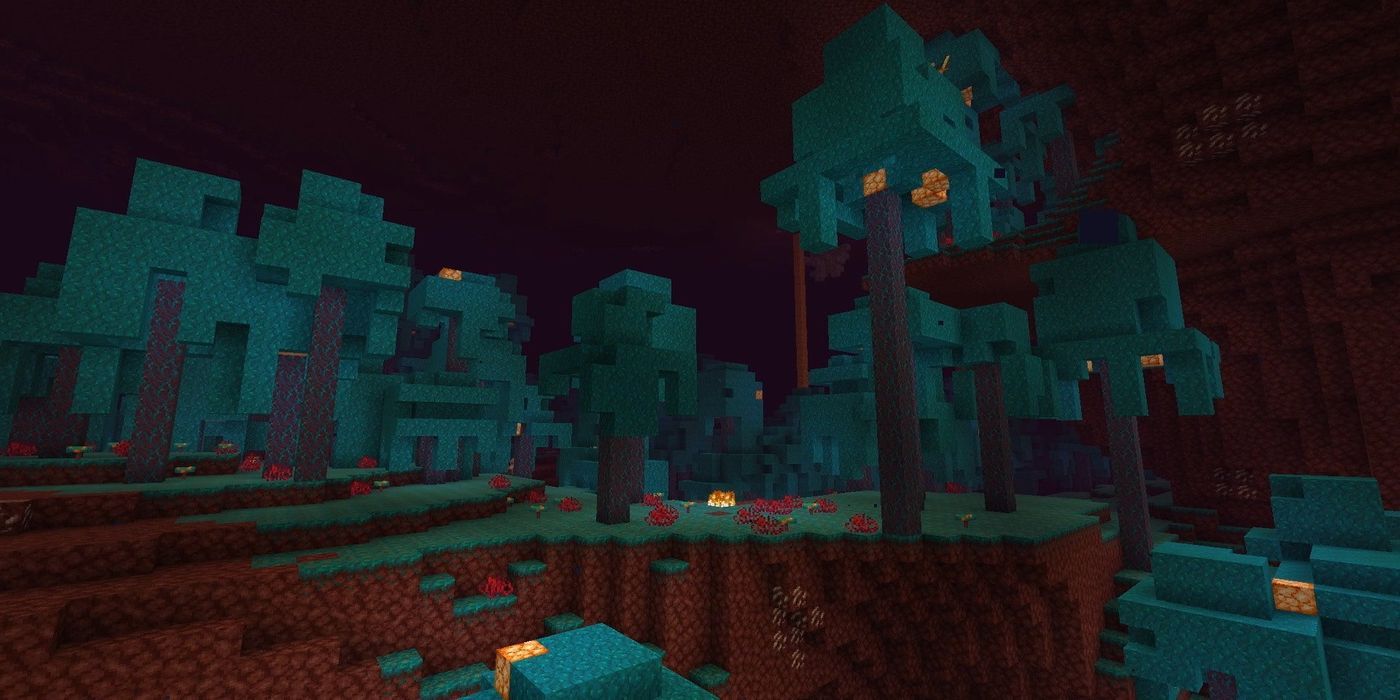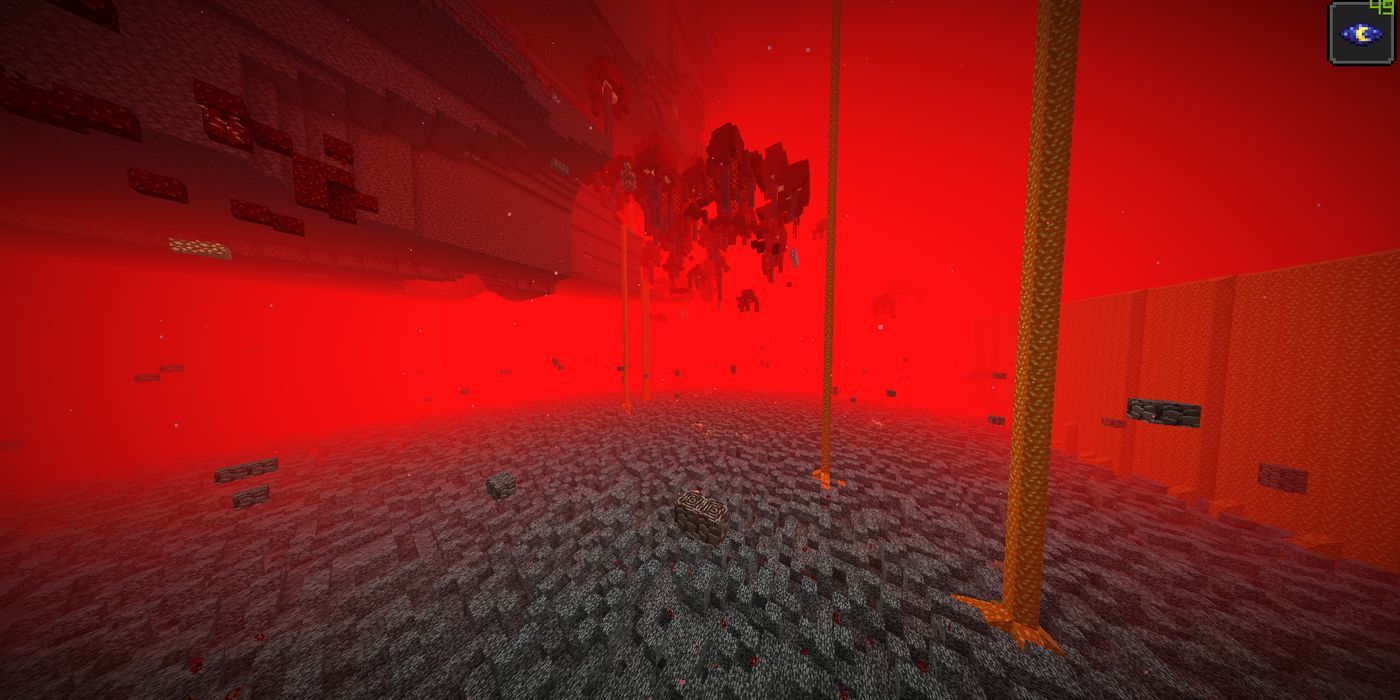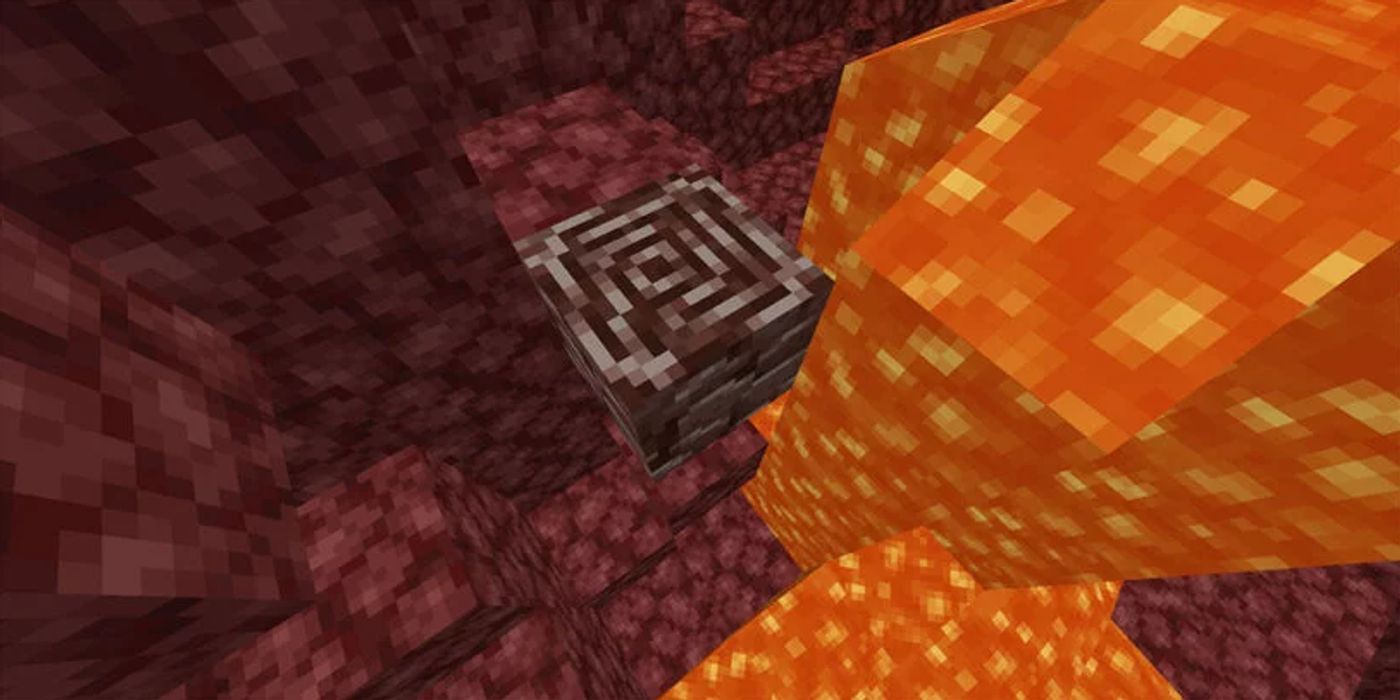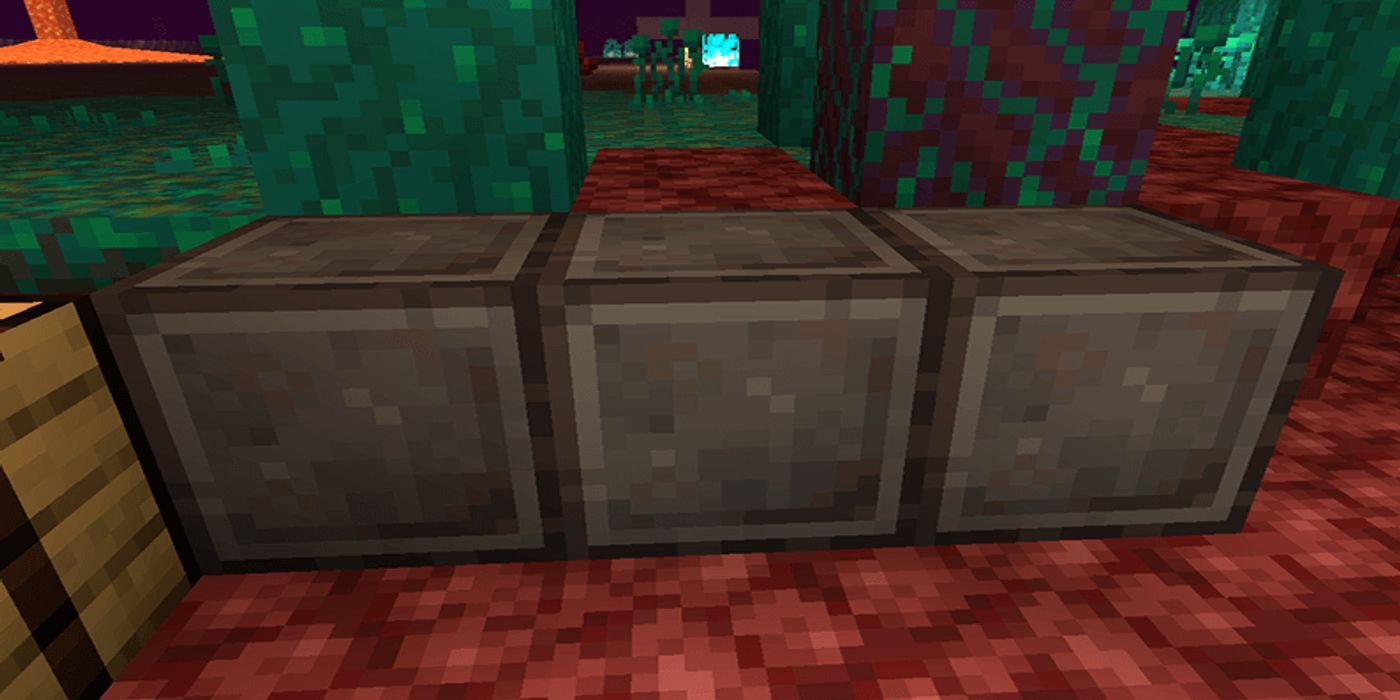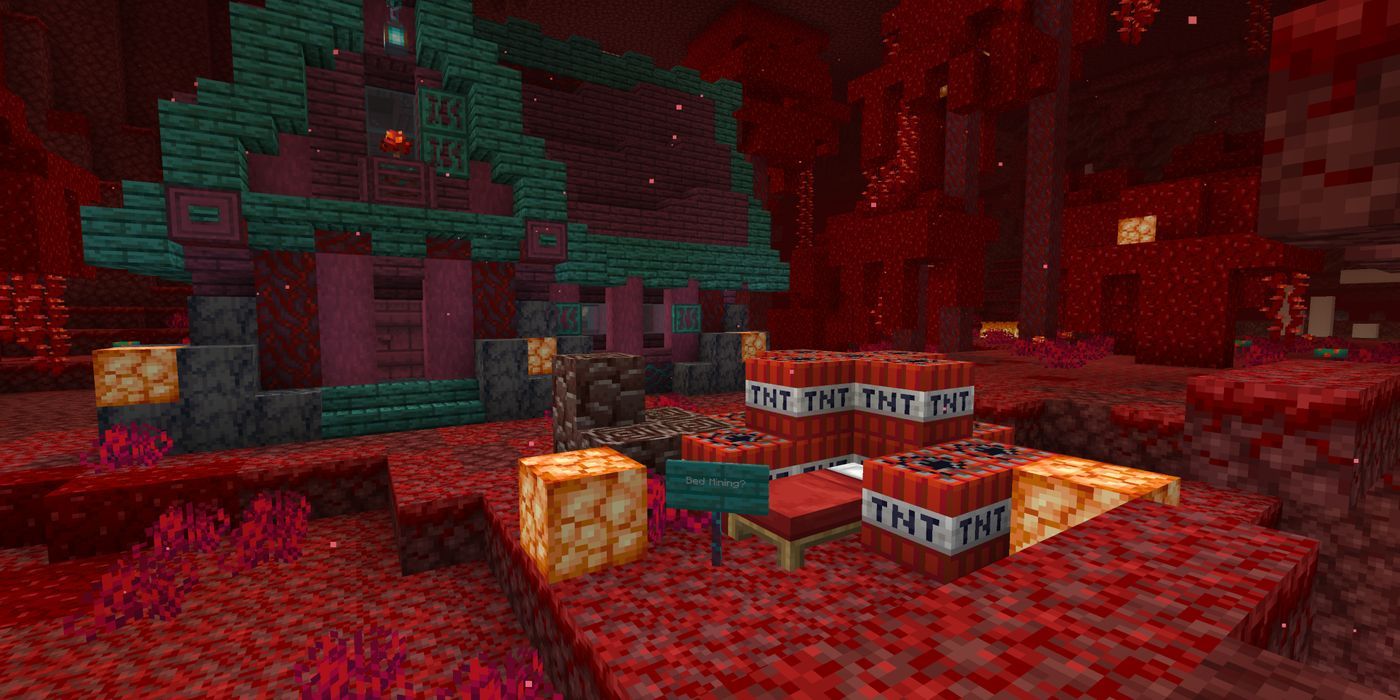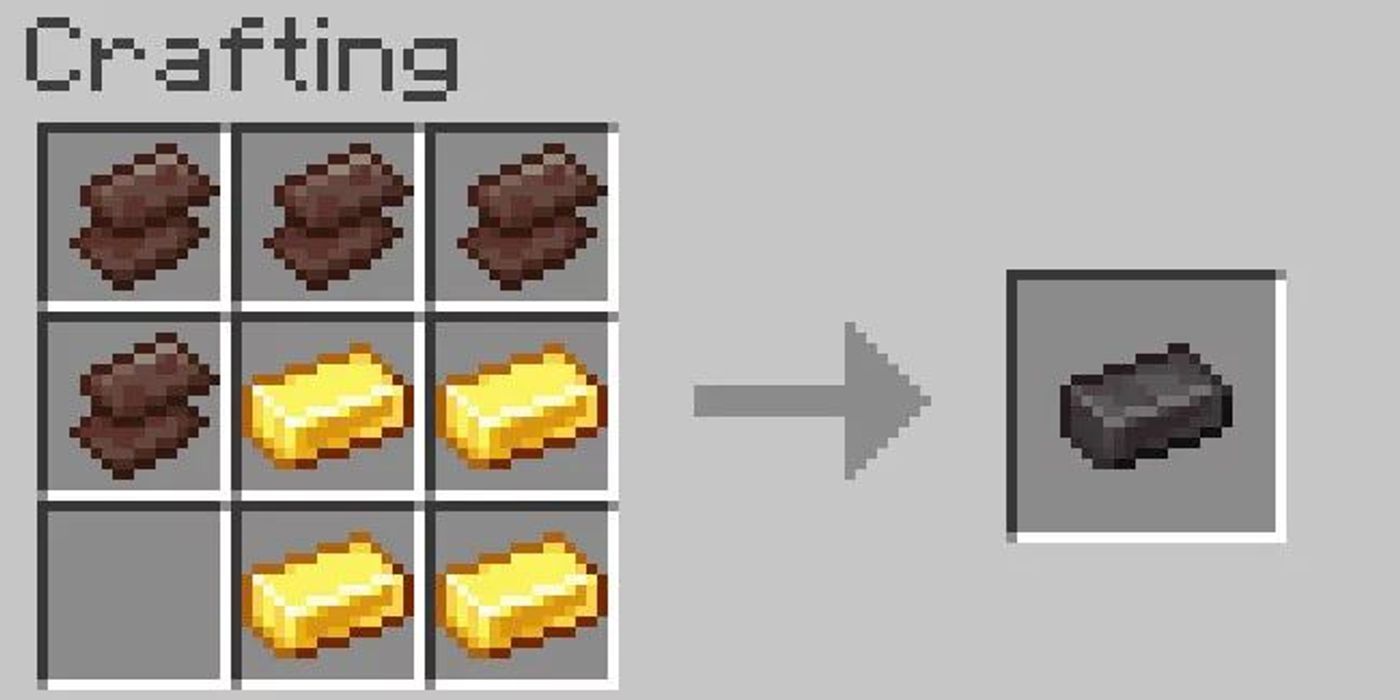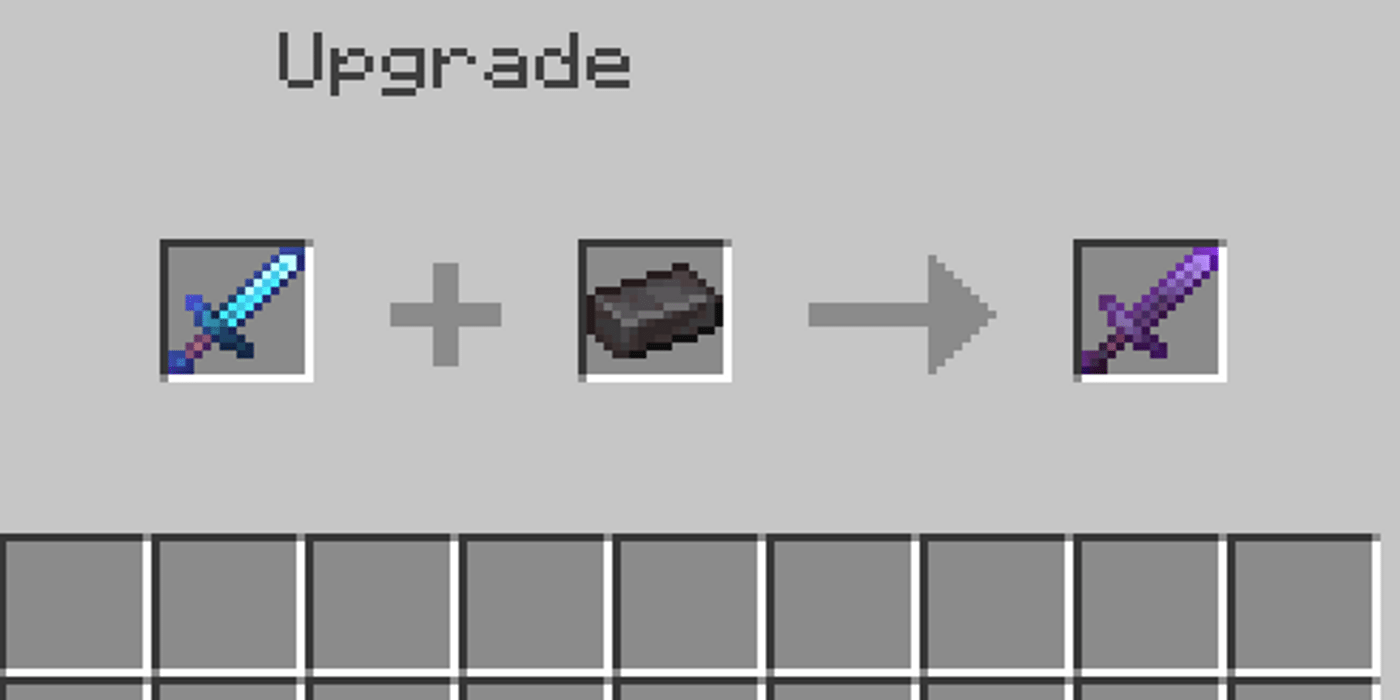The upcoming 1.16 update for Minecraft is just full of promise. With a large-scale update to the Nether dimension which has been long overdue, as well as tons of new mobs and items for crafting and decoration purposes, the new update is likely to give players countless of hours of joy.
One of the brand new features is the introduction of netherite, which is a new ore that players can find and craft with. There hasn't been a brand new ore for some time now, which makes this a pretty historical moment for Minecraft. Here's everything you need to know about netherite, so far.
10 It's Way Better Than Diamond
For as long as any player can remember, diamond has reigned supreme among all the ores. Finding diamond is the highlight of the game for many Minecraft players, due to it being the strongest material to craft gear and weapons.
Well, those days are now officially over, because netherite is actually much stronger than diamond. Any gear and tools made out of it will have even more of an edge compared to their diamond counterparts, which makes this ore definitely worthwhile.
9 It Has A Darker, Different Design
Another thing in Minecraft which has remained pretty much the same for years has been the design of the various armor types. From leather to diamond, the shape and design of all Minecraft gear has always been the same bulky type.
Thankfully, netherite changes that as well. While tools will only get a color change, a sort of dark grey appearance, the actual armor itself is a much different design and shape. The helmet in particular looks more detailed, and the shoulder padding is a bit bulkier.
8 It Requires Diamond Tools
Although netherite is much better than diamond, doesn't mean it's time to ditch all the diamond tools just yet. That's because in order to even have netherite tools, it's actually necessary to first craft diamond counterparts of those tools.
Once netherite is acquired, the player can then turn those diamond tools into netherite tools through an upgrade process. This means it's also one of the costliest sets of tools and gears in the entire game.
7 It's Found In The Nether
It might already be obvious from its name, but in case it isn't, netherite is found in the Nether. It won't be available anywhere in the overworld, so players now have a real reason to visit the Nether regularly rather than just go there for travel or Blaze rods.
Netherite doesn't spawn in its netherite form, but actually needs to be made from something called ancient debris. The debris spawn at a very low elevation in the Nether, at Y=15. Unlike diamond, it can't be strip mined, since it's so incredibly rare.
6 It's Incredibly Resistant
Netherite is highly resistant to its environment, hence why it probably thrives in the Nether where there's tons of heat and lava. Its source ingredient, the ancient debris, is so resistant that it can survive any explosion.
Moreover, it's the only material in Minecraft that floats in lava and is immune to being burned. These features are impressive on their own, but what's great about them is that they can be exploited in the mining process.
5 It Can Be Made From Ancient Debris
As already mentioned, netherite doesn't actually spawn in its final ingot form like one would imagine. The player will need to look out for very peculiar looking rocks in the Nether, known as ancient debris. This debris needs to be mined with a diamond pickaxe.
Once ancient debris is put into a furnace and smelted, it will produce ancient scraps. One ancient debris provides one scrap. It might sound like a whole process, but this is what makes netherite armor and gear so powerful and such a rare item.
4 Its Blocks Can Be Used For A Beacon
If a player does manage to collect enough netherite to create blocks, which is quite a feat considering how insanely rare ancient debris is, then they'll be happy to know these blocks provide a bit of utility, just like other ore blocks.
When making a beacon foundation, netherite blocks can be used the same way as iron, gold and diamond blocks to power up a beacon. It's an incredibly wasteful use for the ore, but if a player can afford it, they can in fact use netherite for it.
3 The Best Way To Mine It
So, since netherite can't be strip mined, the difficult part is actually finding any of it. The best elevation to go for netherite is around Y=15, which is pretty low in the Nether. It might be difficult to find a spot due to all the lava lakes and lava pockets, so extreme caution and a few fire resistance potions will go a long way.
To mine netherite, using TNT or beds is a great idea, since ancient debris is blast resistant. A player can use several beds, which explode in the Nether if the player tries to sleep in them, to blow up a large chunk of netherrack to reveal any ancient debris in the process.
2 Crafting Netherite Ingots
Once ancient scraps are gained from smelting ancient debris, these scraps can be combined with gold ingots to make actual netherite ingots. The exact recipe calls for four nether scraps and four gold ingots, so it's not exactly the cheapest to make, considering this only makes one single netherite ingot.
While gold was completely useless before, aside from being used in potion brewing and some redstone items, there's now a real reason to mine gold, too.
1 Upgrade By A Smithing Table
Finally, to upgrade any diamond gear to netherite gear, the player can use a smithing table to do so. The piece of diamond armor must be combined with one ingot of netherite, which is a reasonable price given how precious that ingot is.
The cool thing about this is that even enchanted gear can be upgraded, and they'll still retain their original powers without turning back into a regular chestplate.

